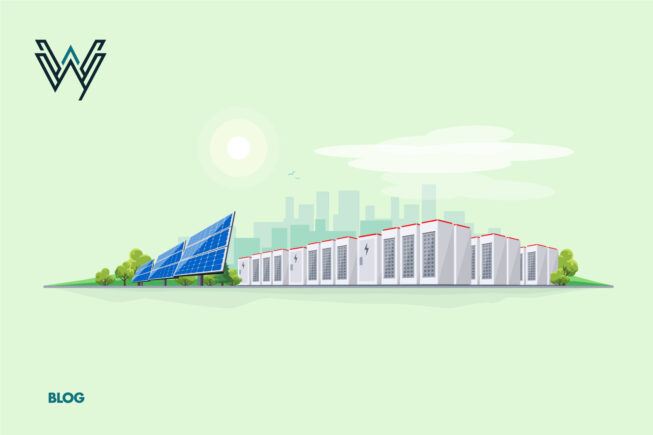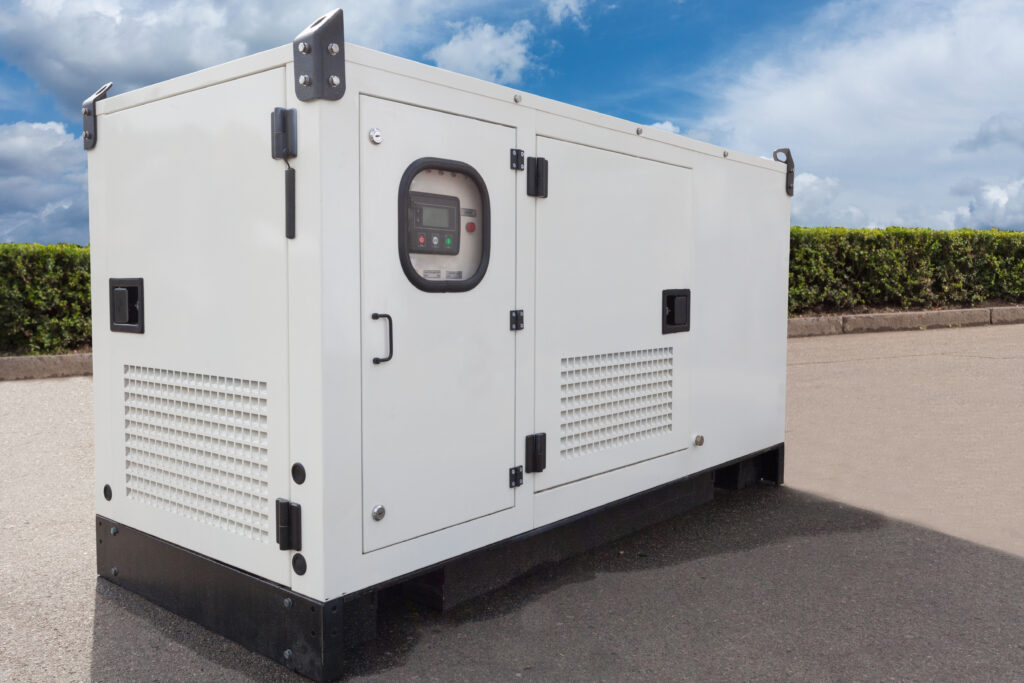The Future of Water System Electrical Resilience: Resilience-Focused Distributed Energy Resources

By Daniel Groves, Business Sector Lead, Operations Technology Cybersecurity Resilience
This blog contains and answers the following:
- Electrical Resilience in Water Infrastructure Projects
- Backup Electric Power for Critical Facilities
- Challenges in Providing Backup Power for Water Facilities
- Battery Energy Storage Systems for Water Facilities
- Advantages of Distributed Energy Resources over Fuel-Powered Generators
- Economic Considerations of DERs
- Designing Resilience-Focused DER Power Systems
- Transitioning to New Technology
What is the traditional approach to electrical resilience in water infrastructure projects?
What are the challenges associated with providing backup power for water facilities?
What technology has emerged to augment or replace fuel-driven generators for water facilities?
How is West Yost contributing to the advancement of DER power systems?
For many years, we have designed and implemented electrical resilience in our water infrastructure projects. As electrical engineers serving the Water Sector, we understand the importance and regulatory requirements for backup electric power for critical facilities and have implemented electrical fuel-powered generator technology for almost 150 years, starting with the earliest AC generators in the late 1800s. This approach to resilience has been mostly reliable and well understood. We know how to design, run, and maintain them. They kept our facilities running when the grid was not available. They have served us well.
As with all technology-driven things, a significant change to this approach to power resilience is in sight. There are several challenges driving for a change in the way that we provide backup power for water facilities. These challenges include air permitting, fuel cost, carbon emissions, maintenance, reliability, noise concerns, and operational costs. Transitioning from utility power to a standby generator and vice versa is rarely a smooth transition. When either of these two events occur, significant staff oversight is usually required in the form of re-starting equipment and resetting equipment faults. While the facility is on standby power, careful attention must be paid to the status of the standby generator; generator must also be fueled.
Technology has emerged over the last 20 years that now has demonstrated the ability to augment or replace fuel-driven generators for water facilities.
Technology has emerged over the last 20 years that now has demonstrated the ability to augment or replace fuel-driven generators for water facilities. These systems typically are comprised of a combination of Battery Energy Storage Systems (BESS), Solar power generators, and hydro turbines, sometimes referred to as Distributed Energy Resources (DER). DERs as electrical systems can be designed to operate in coordination with traditional fuel-power generators if needed for additional resilience.

DERs with diverse sources of energy and storage have multiple advantages over their fuel-power generators including no air permit requirements, zero fuel costs, no carbon emissions, limited maintenance requirements, high reliability and near-zero noise. The economics of DERs are a complete change from how we traditionally think of emergency power. We mostly design generators as a backup, we never really want them to run. We exercise them just to keep them ready for a power failure. We buy, maintain, and hope to never use backup generators.
DERs on the other hand, work 24/7. Whether the DER is providing power factor correction, reducing power consumption utility power when rates are high, peak shaving or simply generating power for local consumption or sending back to the grid, these systems are an investment, that can pay for themselves over their lifetime. That’s something we never contemplated when designing backup generators. A well-designed DER can transition nearly seamlessly from the grid to backup and return to utility with minimal requirements for operator intervention. DERs also can deepen and improve the working relationship between water utilities and the electric utilities that serve them by supporting grid stability. Water sites represent a significant electrical load and power utilities are motivated to support DER projects.
“A well-designed DER can transition nearly seamlessly from the grid to backup and return to utility with minimal requirements for operator intervention. DERs also can deepen and improve the working relationship between water utilities and the electric utilities that serve them by supporting grid stability.”
In summary, advancements in technology have carved a path forward allowing us to start replacing backup generators. While we owe a debt of gratitude to the fuel-powered generators for the service they have provided (and may continue to provide in a smaller capacity). However, it is time for us to move forward with better technology, better designs, better outcomes, and better resilience.
OTCR is currently designing Resilience-Focused DER power systems for our industry-leading clients. We look forward to sharing more details on those projects as they complete commissioning and testing.
By Daniel Groves, Business Sector Lead, Operations Technology Cybersecurity Resilience
Daniel Groves is an Electrical and Controls System Engineer and provides planning, design and implementation of Operational Technology (OT) systems in the water and wastewater infrastructure. For the past 10 years, Dan has focused on Cybersecurity for OT systems, including system assessments, design and implementation of system improvements to improve system performance and resilience against cyber threats. He has served as Program Manager, Project Manager and OT Cybersecurity Subject Matter Expert for assessments, and design and implementation of OT systems.
